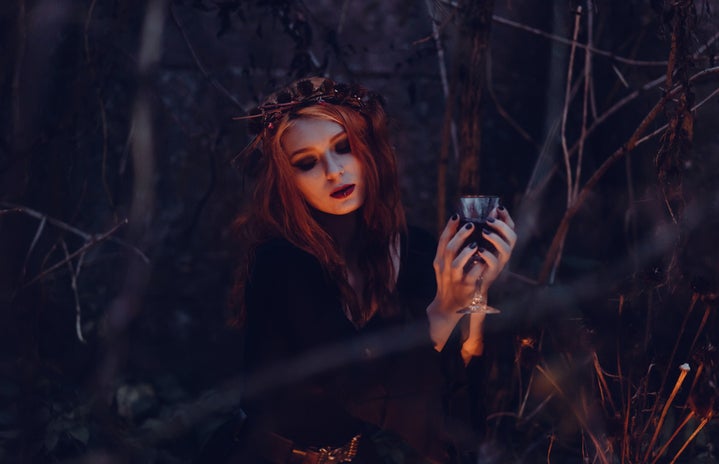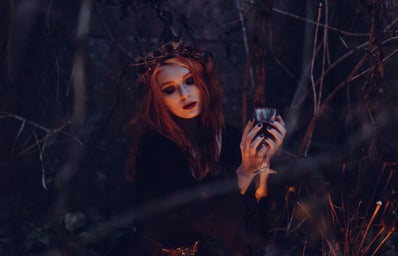A lot of the fairy tales we know and love today have incredibly disturbing origins. The Brother Grimm’s fairy tales were never intended for children and themes of rape, cannibalism and necrophilia are prevalent throughout these famous tales. Read on to discover the horrific beginnings of the classics.
Sleeping Beauty
Giambattista Basile’s “Sleeping Beauty,” published in 1634 and titled “Sun, Moon and Talia” is much darker and twisted than the version we know today. In the original story, the king rapes the princess in her sleep. The princess, while sleeping, gives birth to twins, (a girl and a boy). The little girl helps lift the curse off the princess and eventually the king and princess marry. The last line of the tale goes: “Lucky people, so ’tis said, Are blessed by Fortune whilst in bed.” This is all quite disturbing, to say the least. I would have to disagree that the princess was “blessed by fortune whilst in bed,” and I’m glad this isn’t the fairy tale we tell our children today.
Snow White
The Brothers Grimm published the original version of “Snow White” in 1812. The original fairy tale contains the famous magic mirror, the poisoned apple, the evil queen and seven dwarfs. However, the evil queen is much more violently jealous. The evil queen requests a huntsman to kill Snow White and return with her lungs and liver as proof of her death. It is the poisoned apple that eventually causes Snow White to fall dead, but a prince sees her in a glass coffin and falls in love…with her sleeping body. Snow White coughs up the poisoned apple and marries the prince, despite just meeting him. The queen is cursed with “iron slippers [which have] already been heated for her over a fire of coals.” The queen must dance in them until her death. At least it’s a happy ending for Snow White, I guess.
The Little Mermaid
The original “Little Mermaid,” published in 1837, written by Hans Christian Andersen has elements from the version we know today, but the ending is much darker. The little mermaid wants to desperately marry the human prince and is fascinated by the world above the water. The evil witch offers to assist her, but she must sacrifice her voice. The evil witch cuts the little mermaid’s tongue off and tells her that if the prince marries her, she will acquire a soul. If he marries someone else, she will turn into foam on the sea. In a tragic ending, the little mermaid turns into literal foam because the prince marries someone else.
There you have it! I’m personally fascinated by how different these tales are when compared to the Disney version that exists today, but I wouldn’t necessarily recommend them as bedtime stories.



